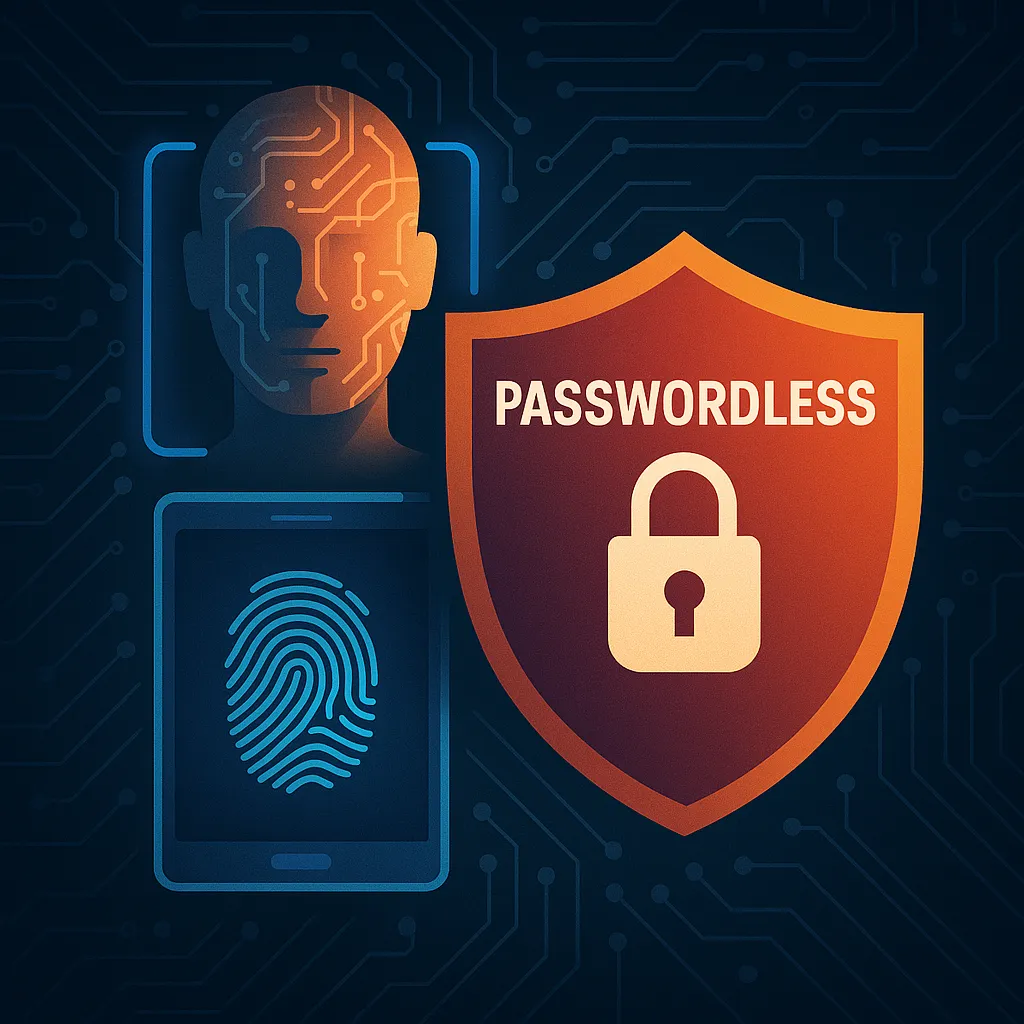Welcome to the Future of Cybersecurity: Passwordless Authentication
In the ever-evolving landscape of cybersecurity, passwordless authentication stands out as a groundbreaking development. Traditional password-based security is constantly under siege by cyber threats, leading to a growing interest in more secure and user-friendly alternatives. This blog post delves into the technology behind passwordless systems, their benefits, and how they're changing the way we secure our digital identities.
What is Passwordless Authentication?
As detailed by Teleport, passwordless authentication refers to security mechanisms that do not require users to remember or enter a traditional password. Instead, authentication methods might include biometrics, hardware tokens, or single-use codes.
The Technology Enabling Passwordless Login
FIDO2, a leading framework in this realm, plays a crucial role. RF IDEAS and IDmelon have pioneered solutions that convert existing credentials to FIDO2 security keys, simplifying the transition to a passwordless environment.
How Passkeys Fit Into This Picture
Passkeys provide a more streamlined approach to passwordless authentication. As depicted in a recent discussion on passkeys, these are cryptographic representations that enable secure, password-free logins across devices and platforms.
Benefits of Going Passwordless
Passwordless systems not only enhance security but also offer greater convenience and user experience. They reduce the hassle of managing multiple passwords and minimize the risk of phishing attacks and password theft.
Real-World Applications and Insights
Many organizations are already seeing the benefits. For instance, companies implementing passwordless strategies reported fewer data breaches and improved user satisfaction. This aligns with modern security practices that prioritize user experience alongside robust security measures.
User Concerns and Considerations
Despite its advantages, the adoption of passwordless technology faces challenges. Users must become accustomed to new forms of authentication, and organizations must ensure they implement these technologies effectively, keeping potential vulnerabilities in check.
Conclusion and Future Outlook
Passwordless authentication is more than a trend; it's the next significant step in digital security innovation. As we move forward, it will likely become a standard, reshaping our interaction with digital services and enhancing our overall security posture. Embracing passwordless authentication not only simplifies access but also fortifies security in a world rife with cyber threats.
